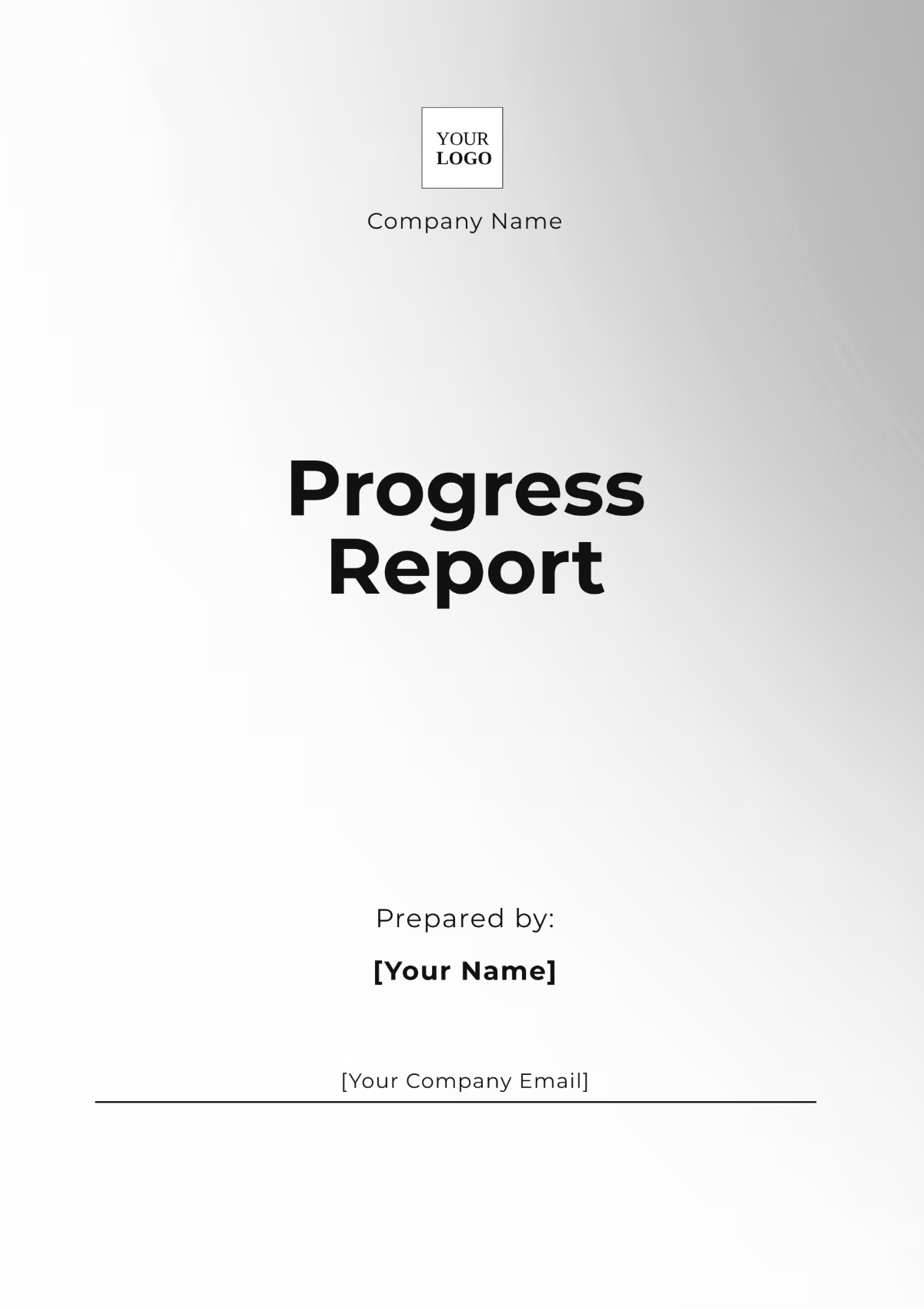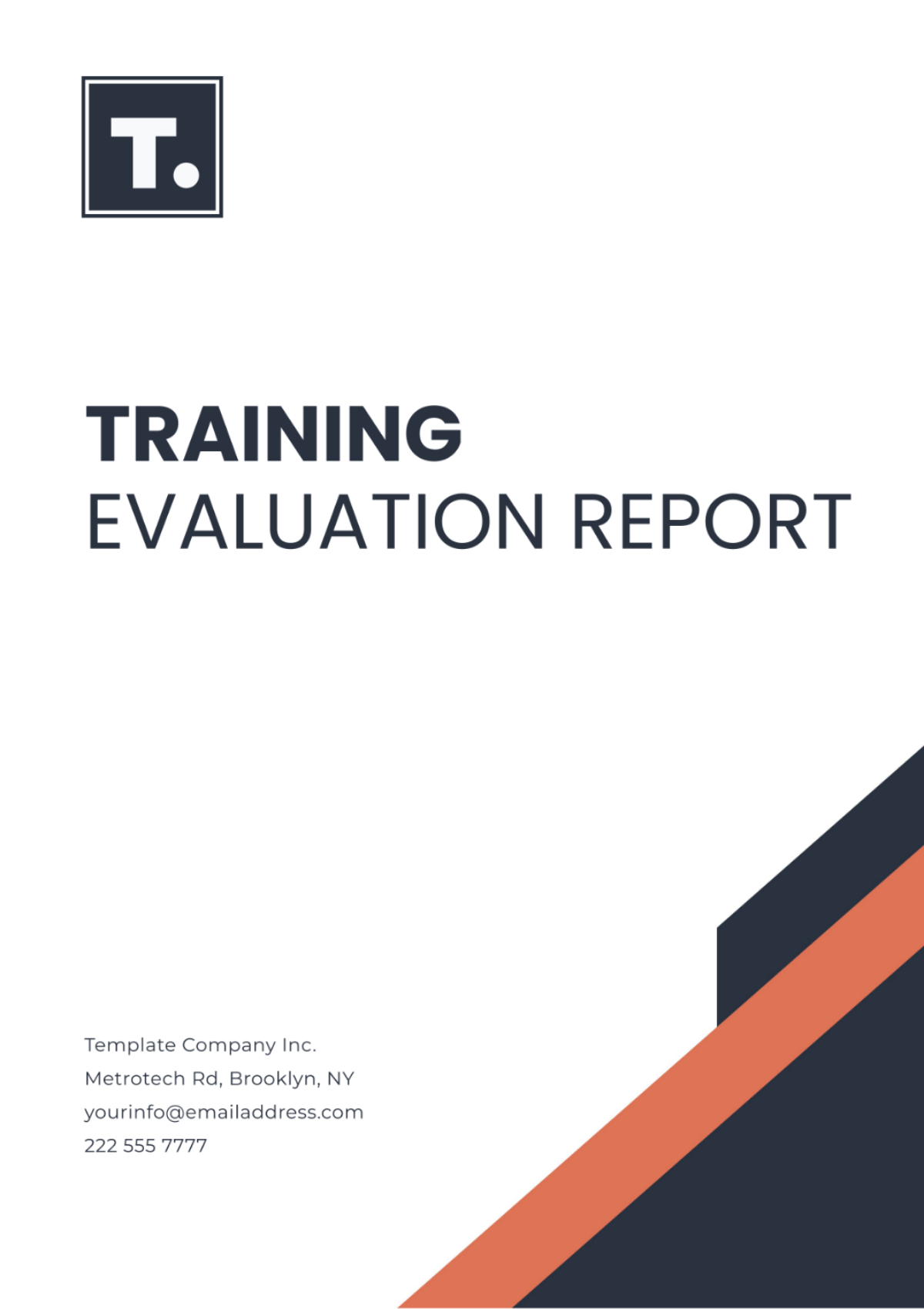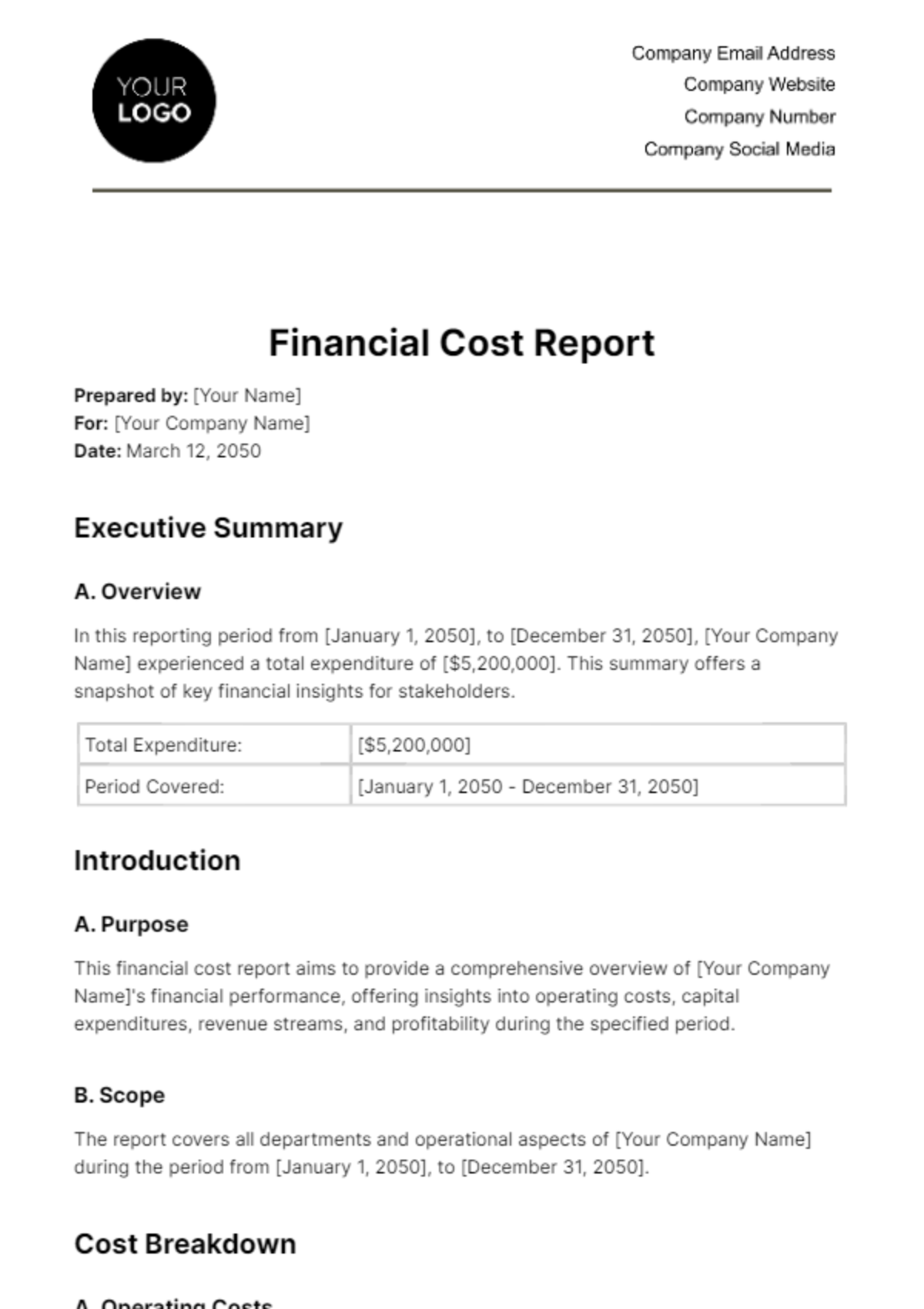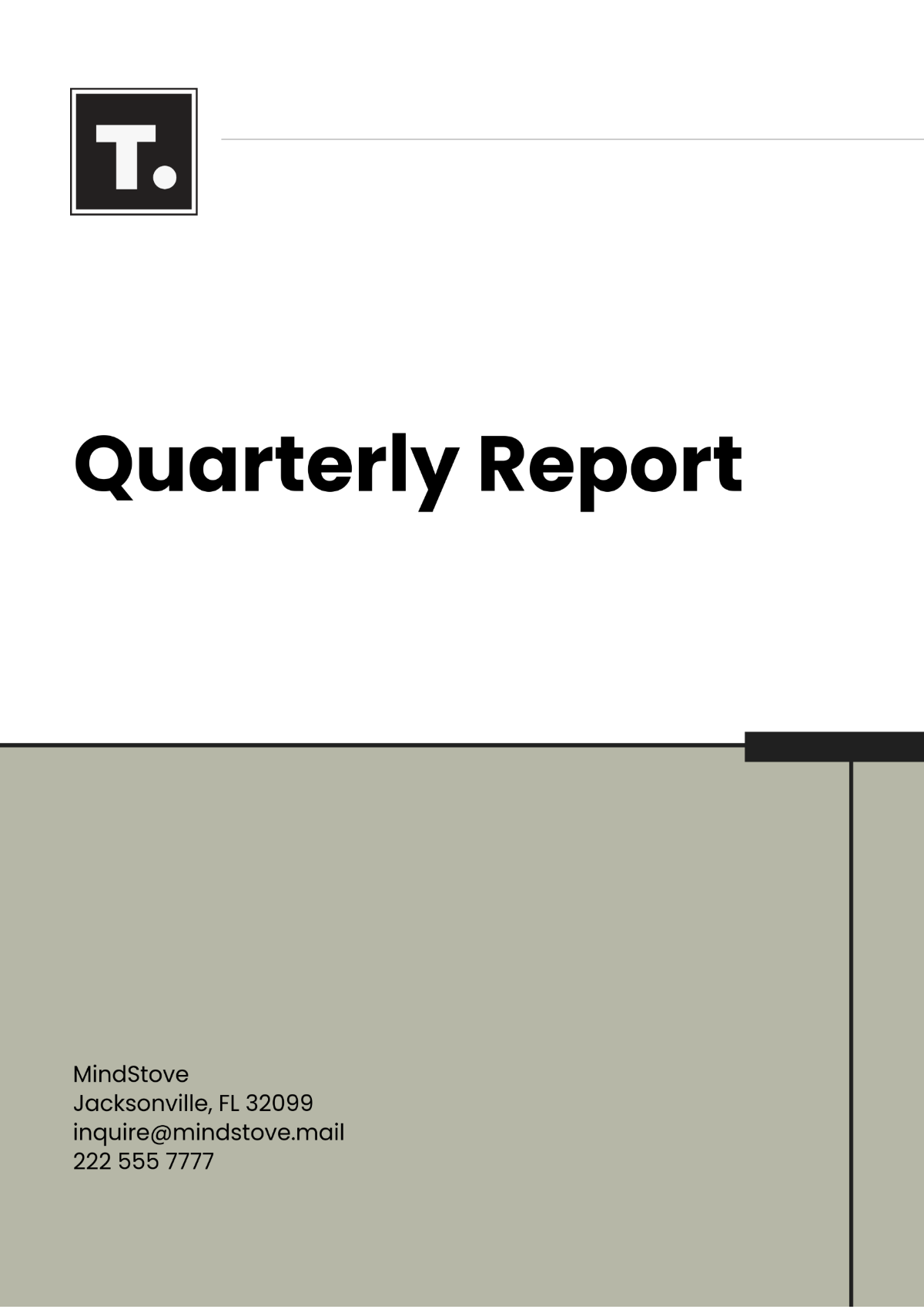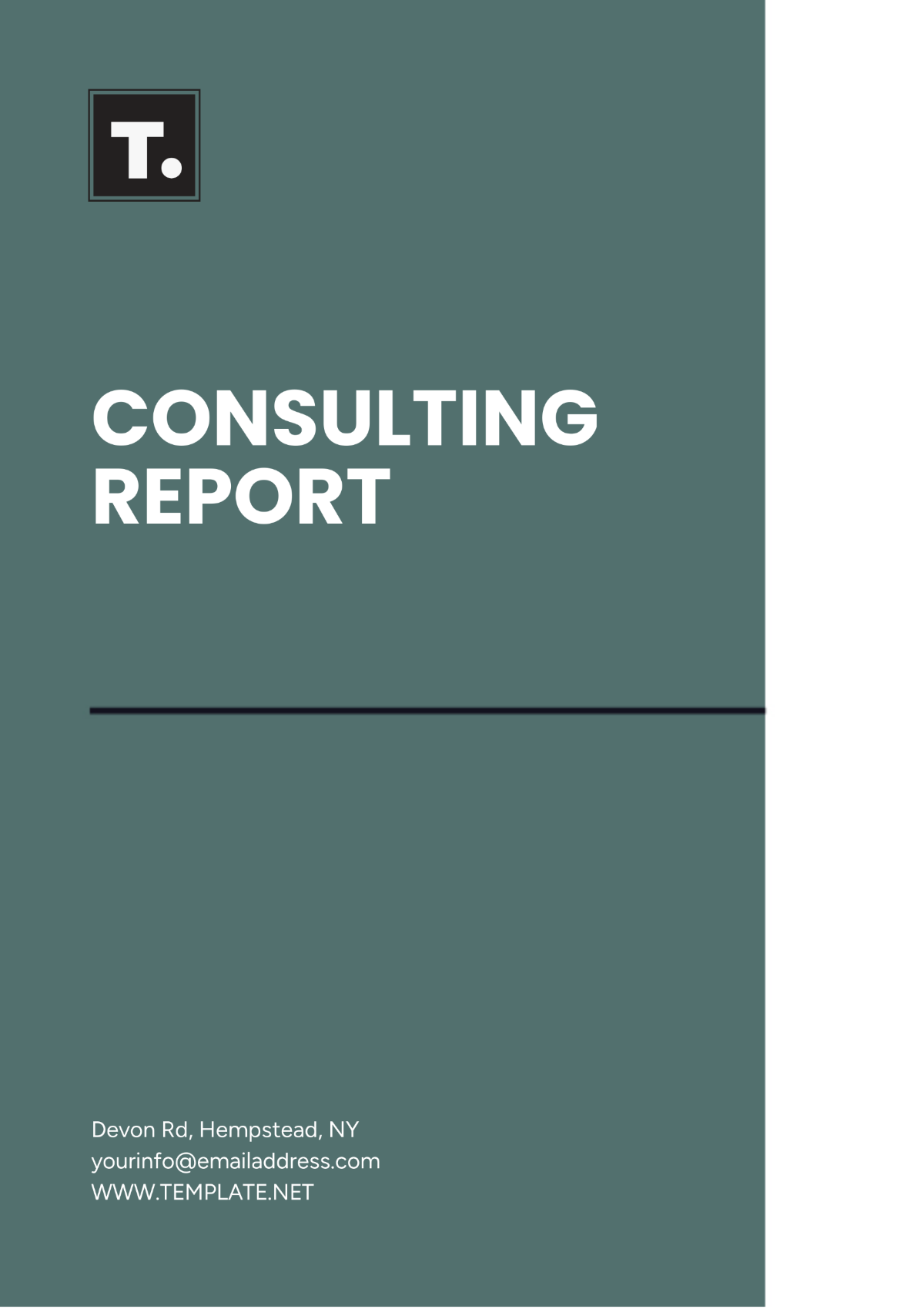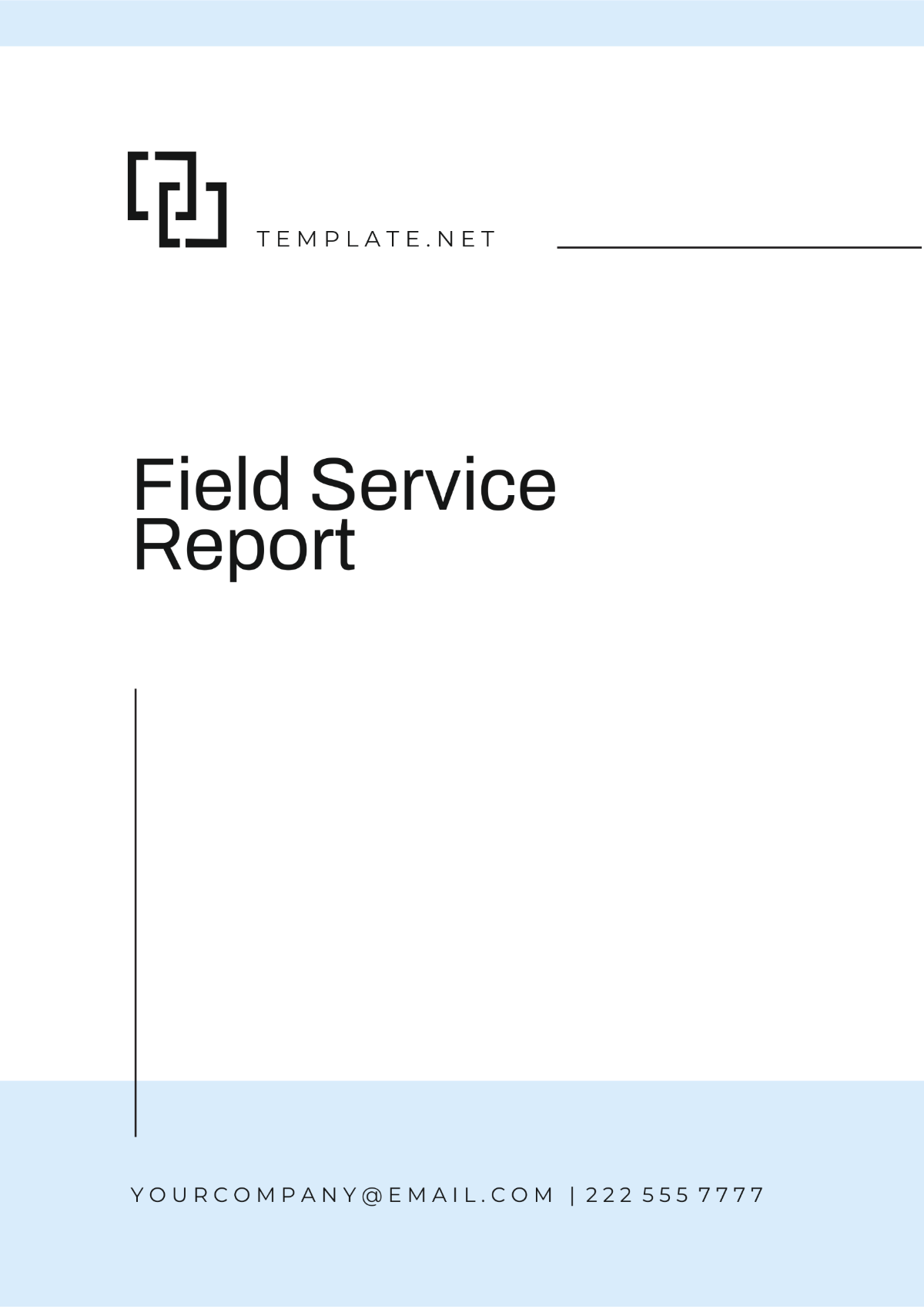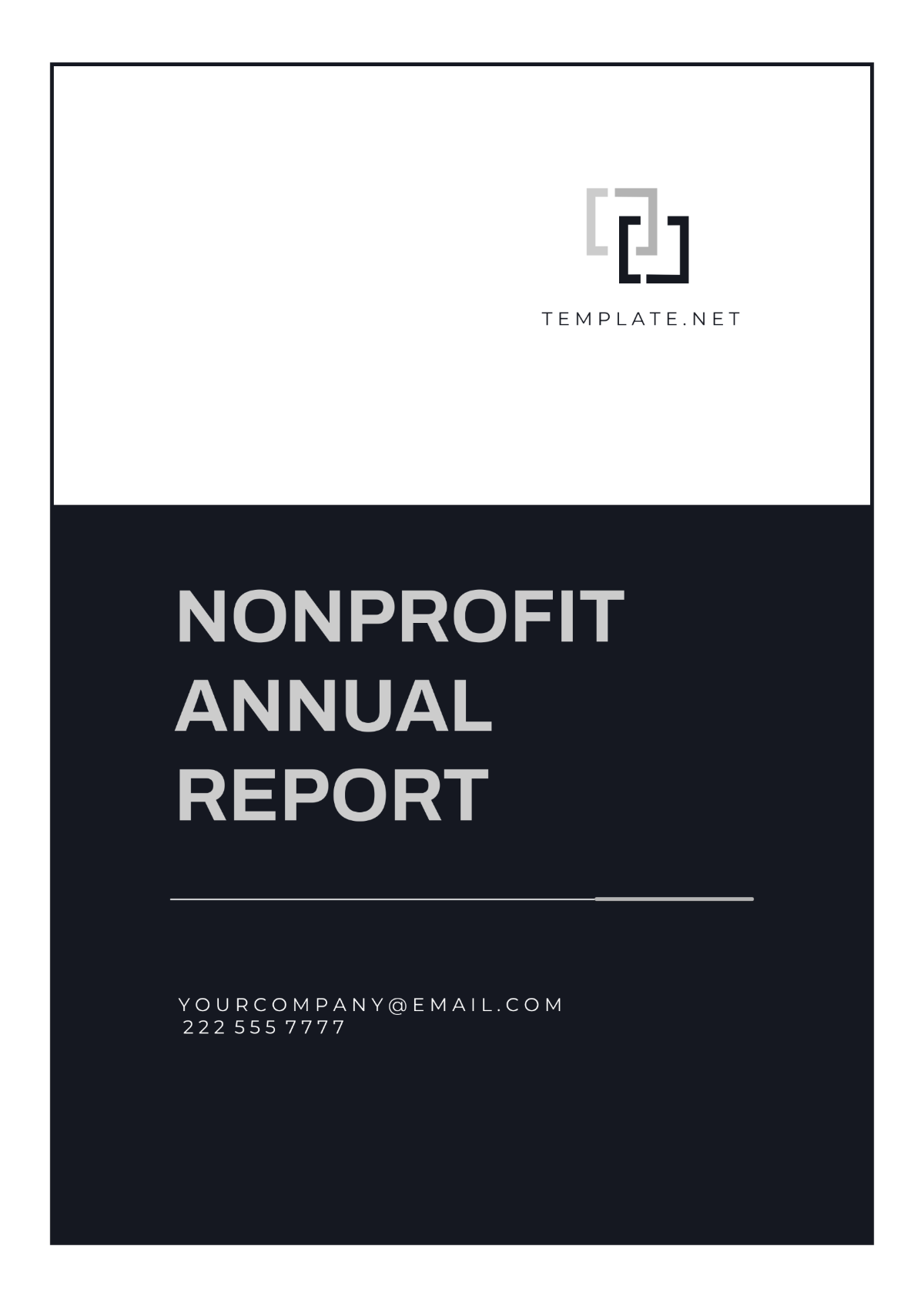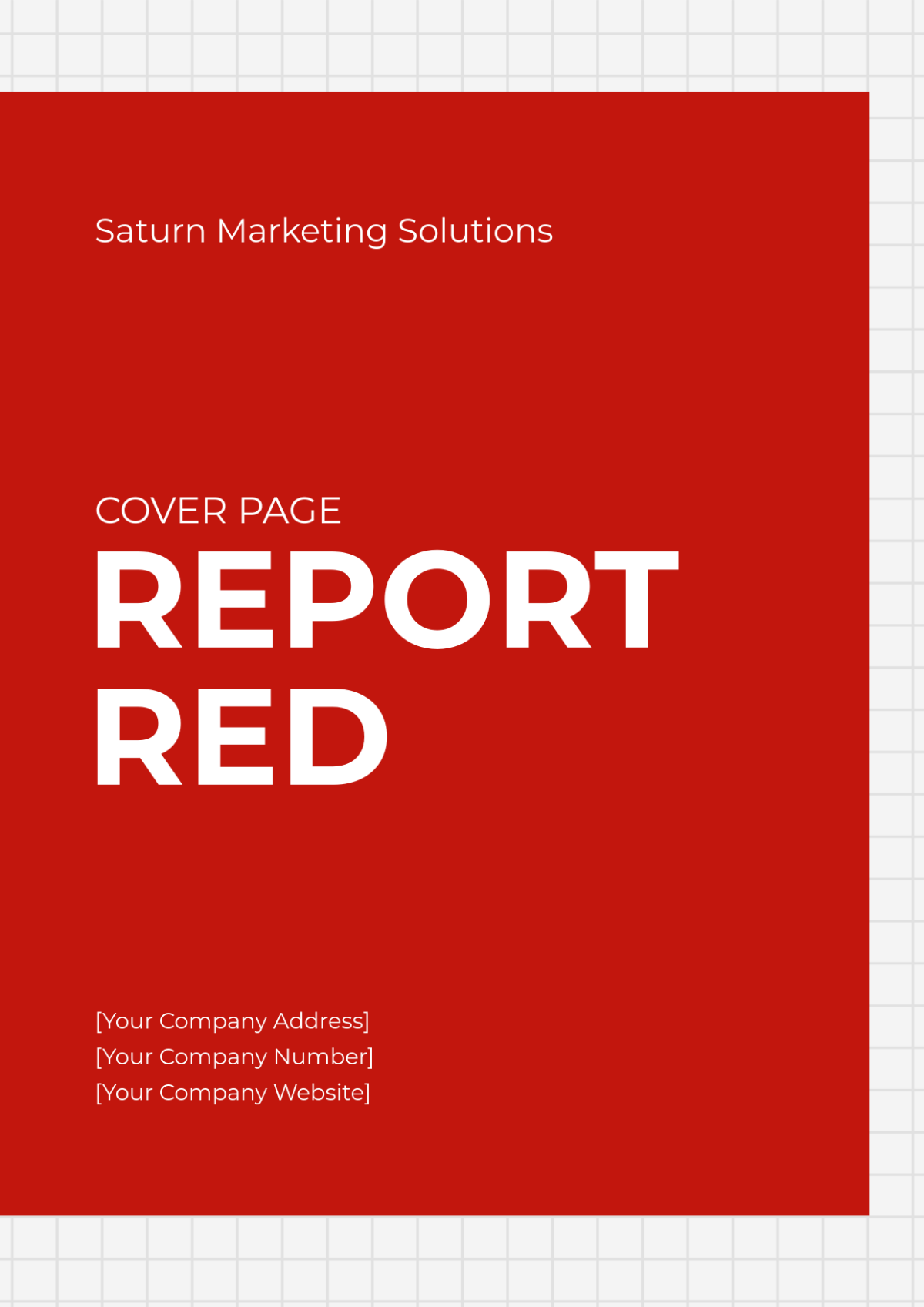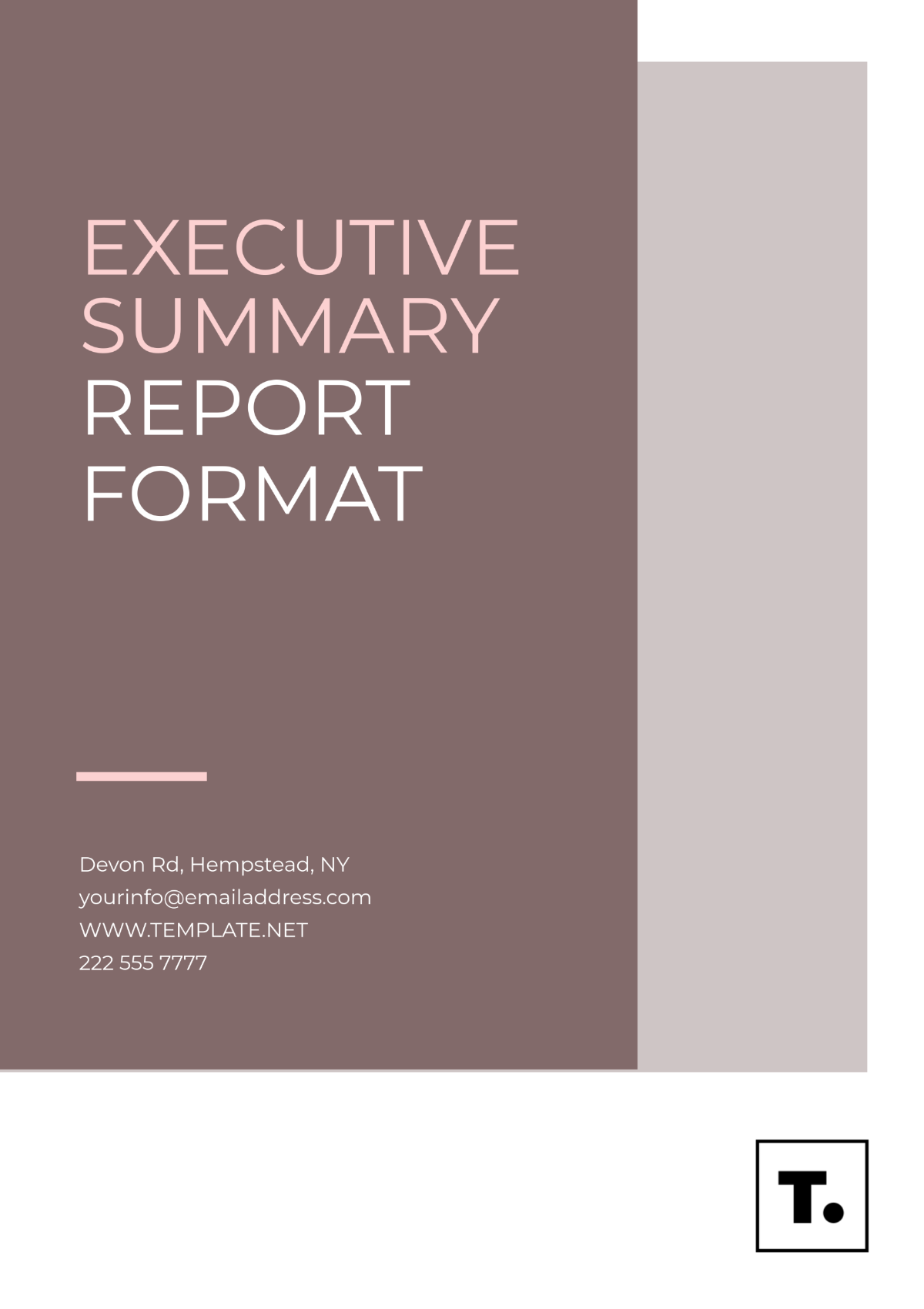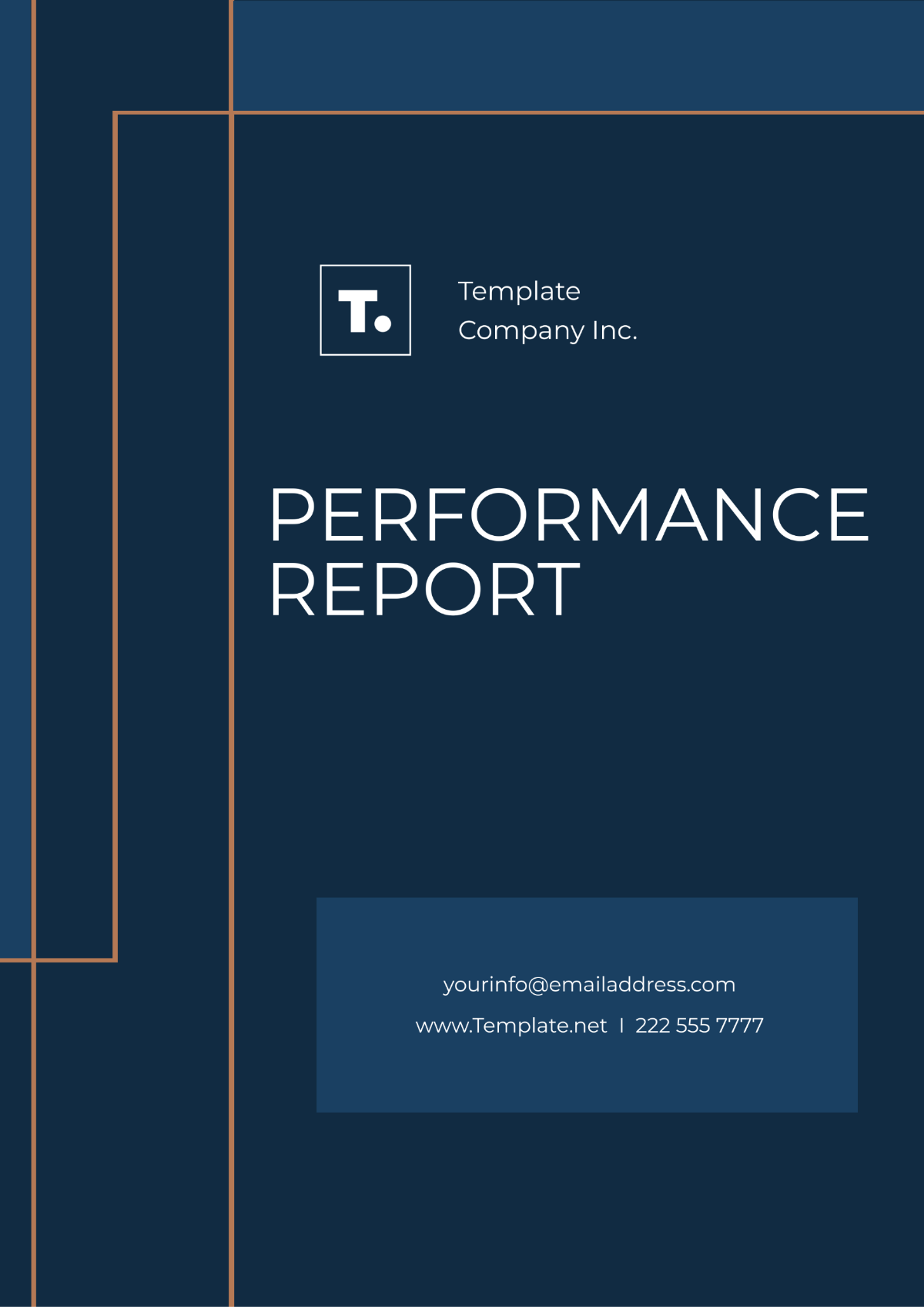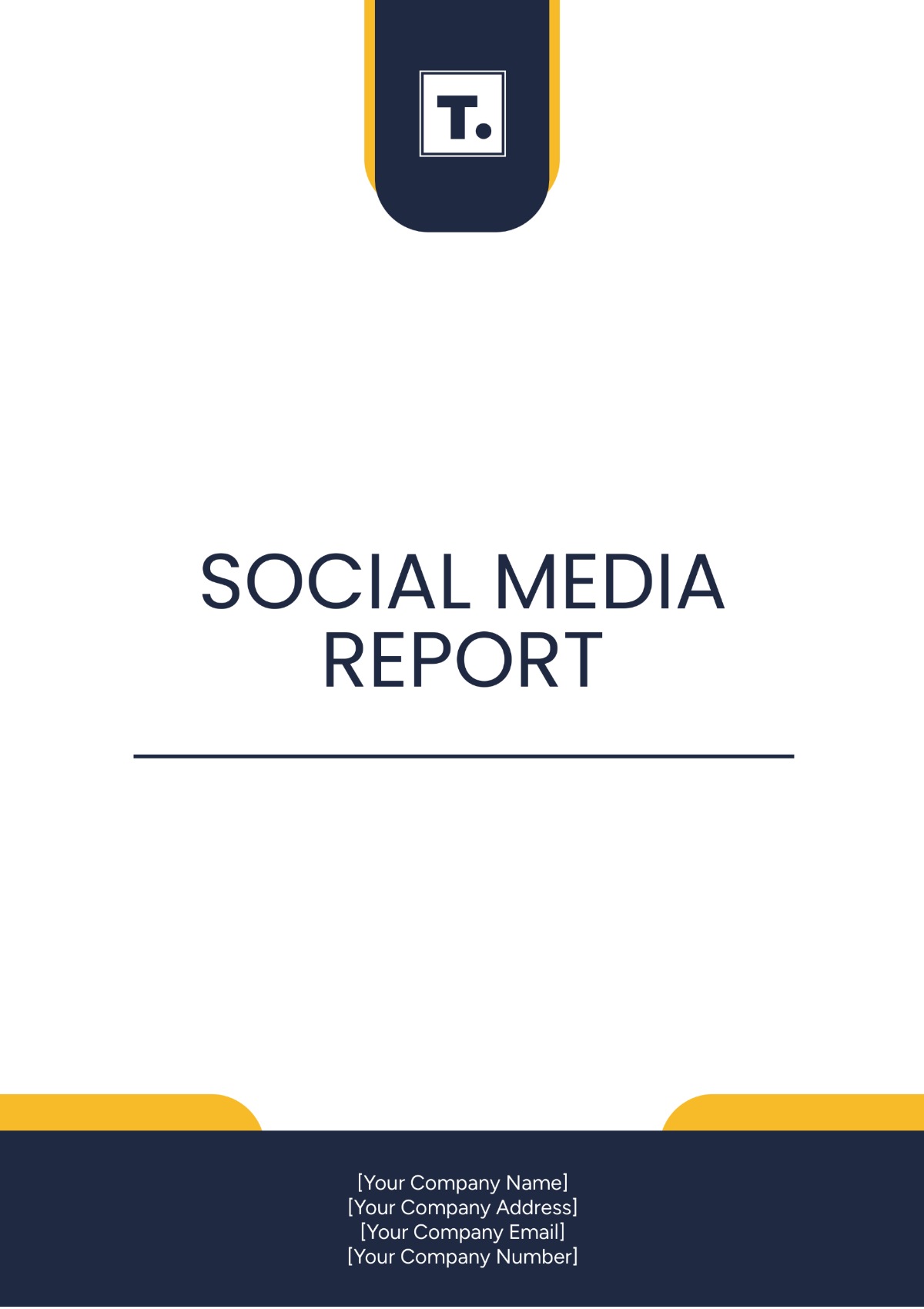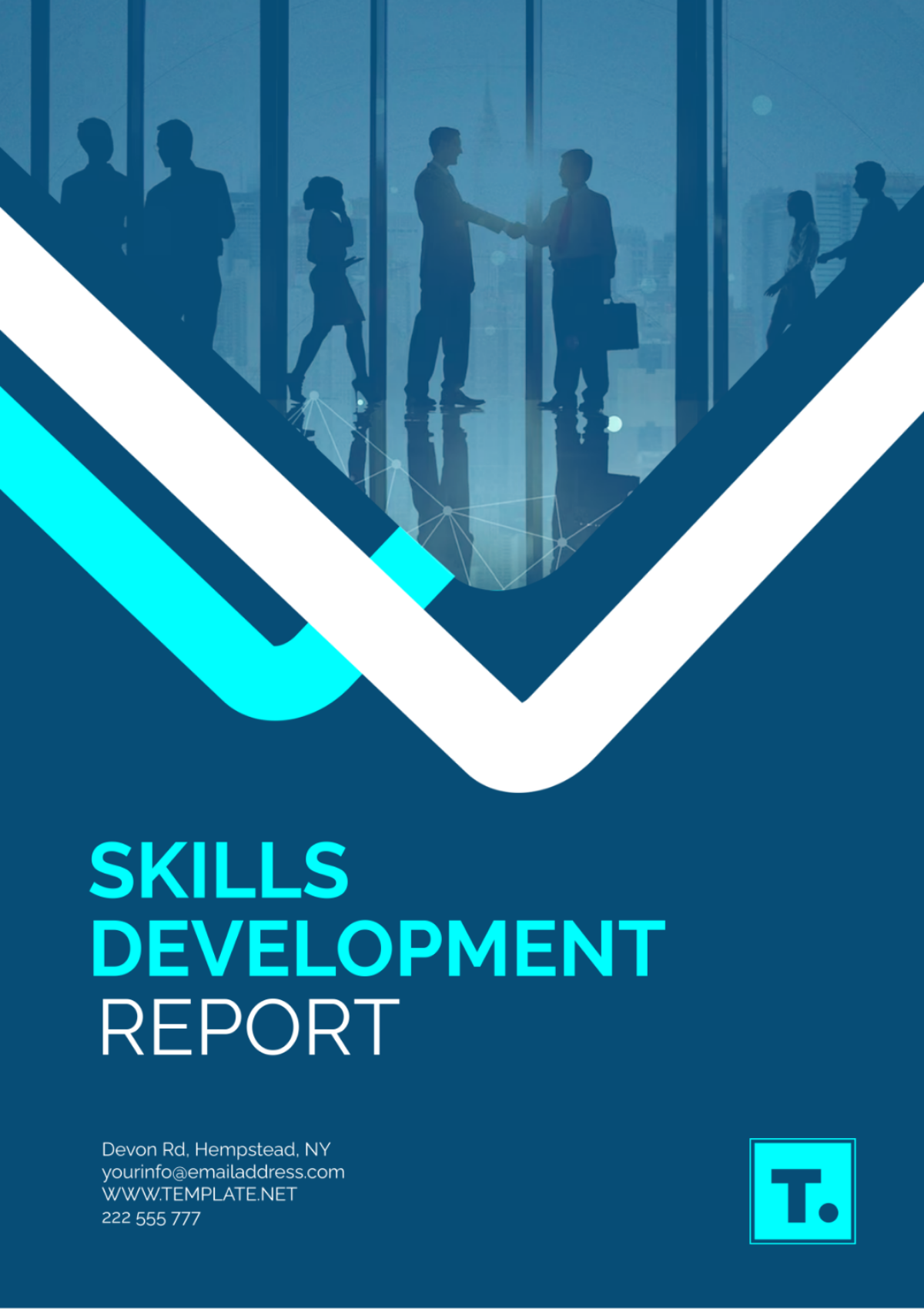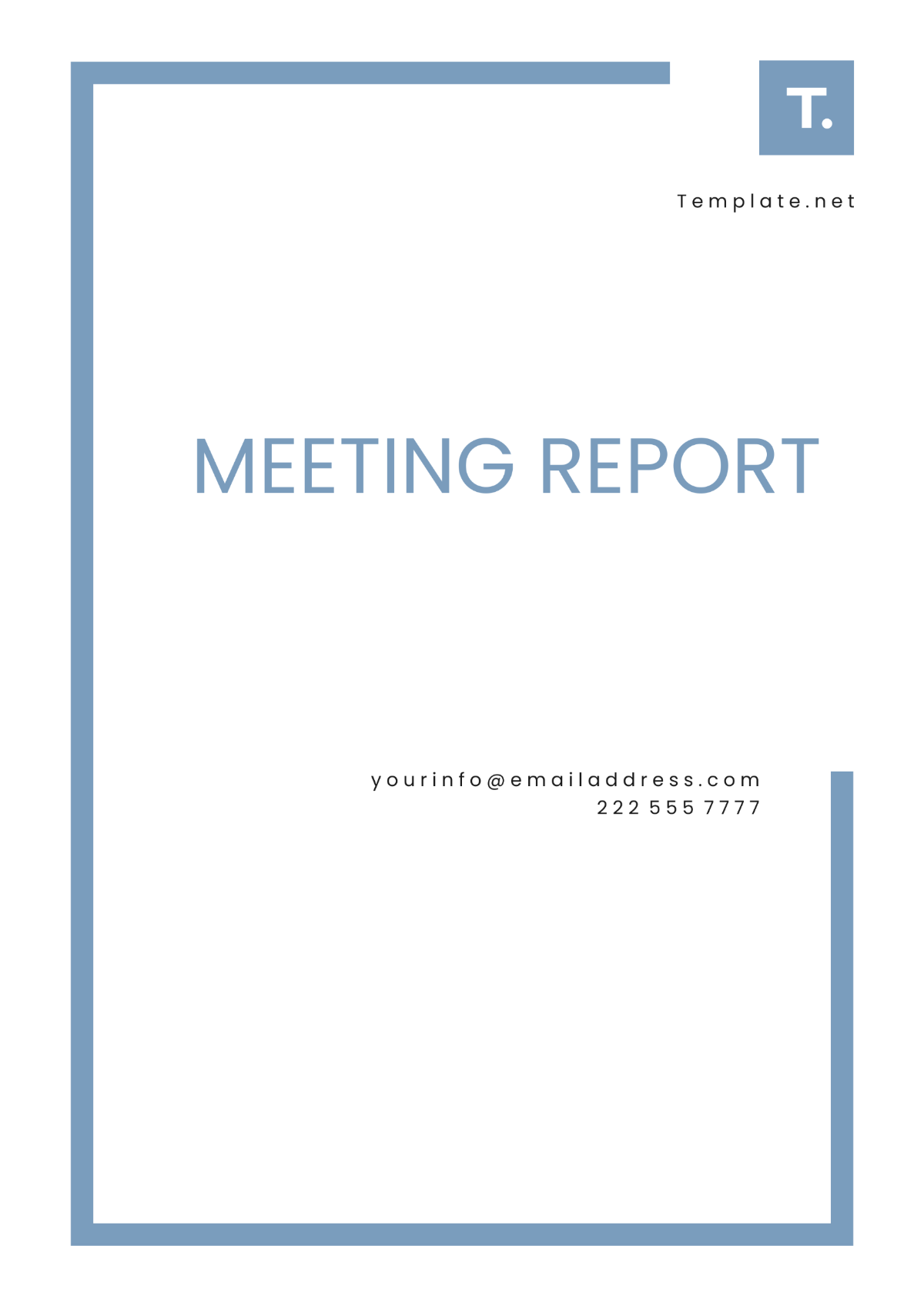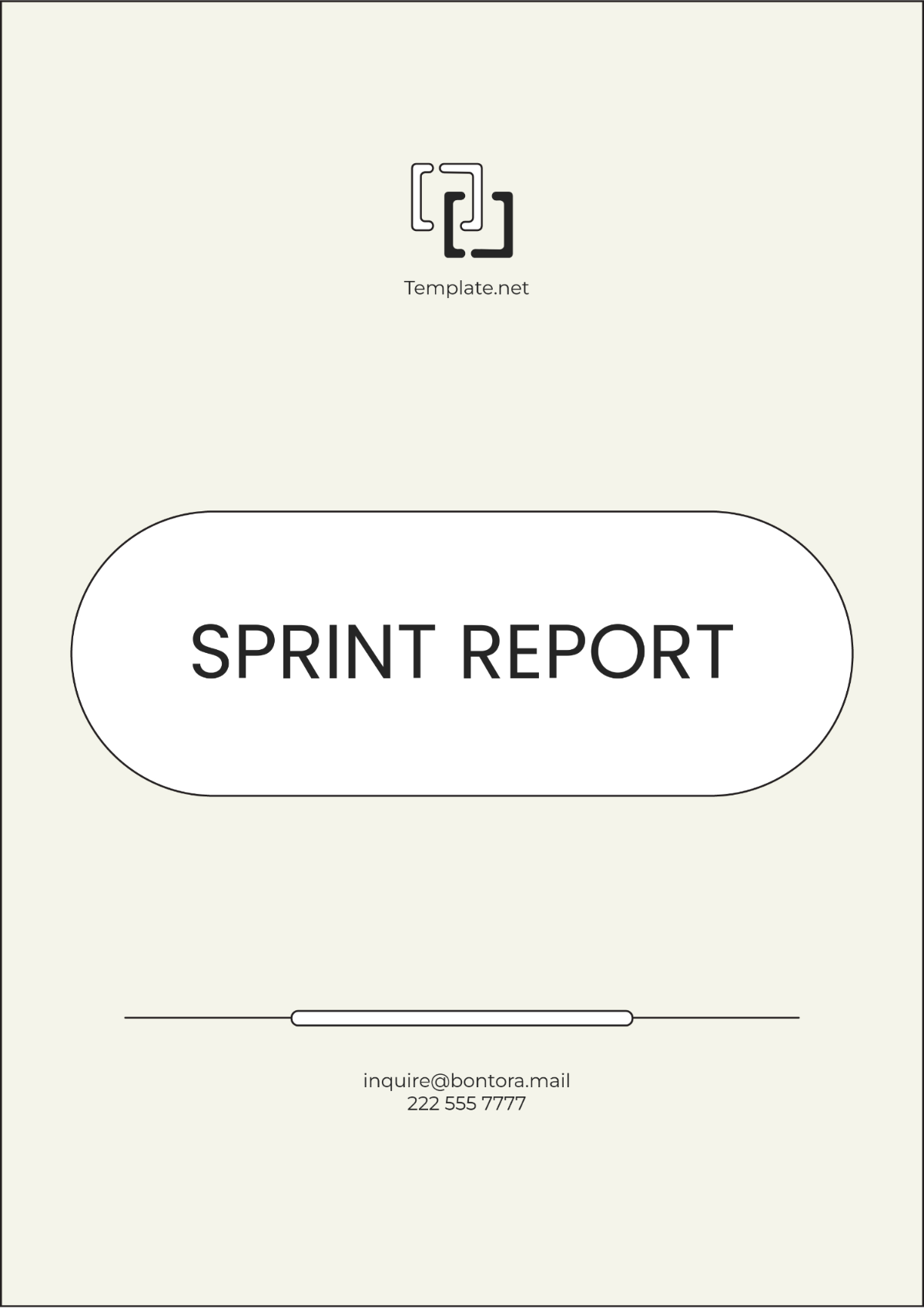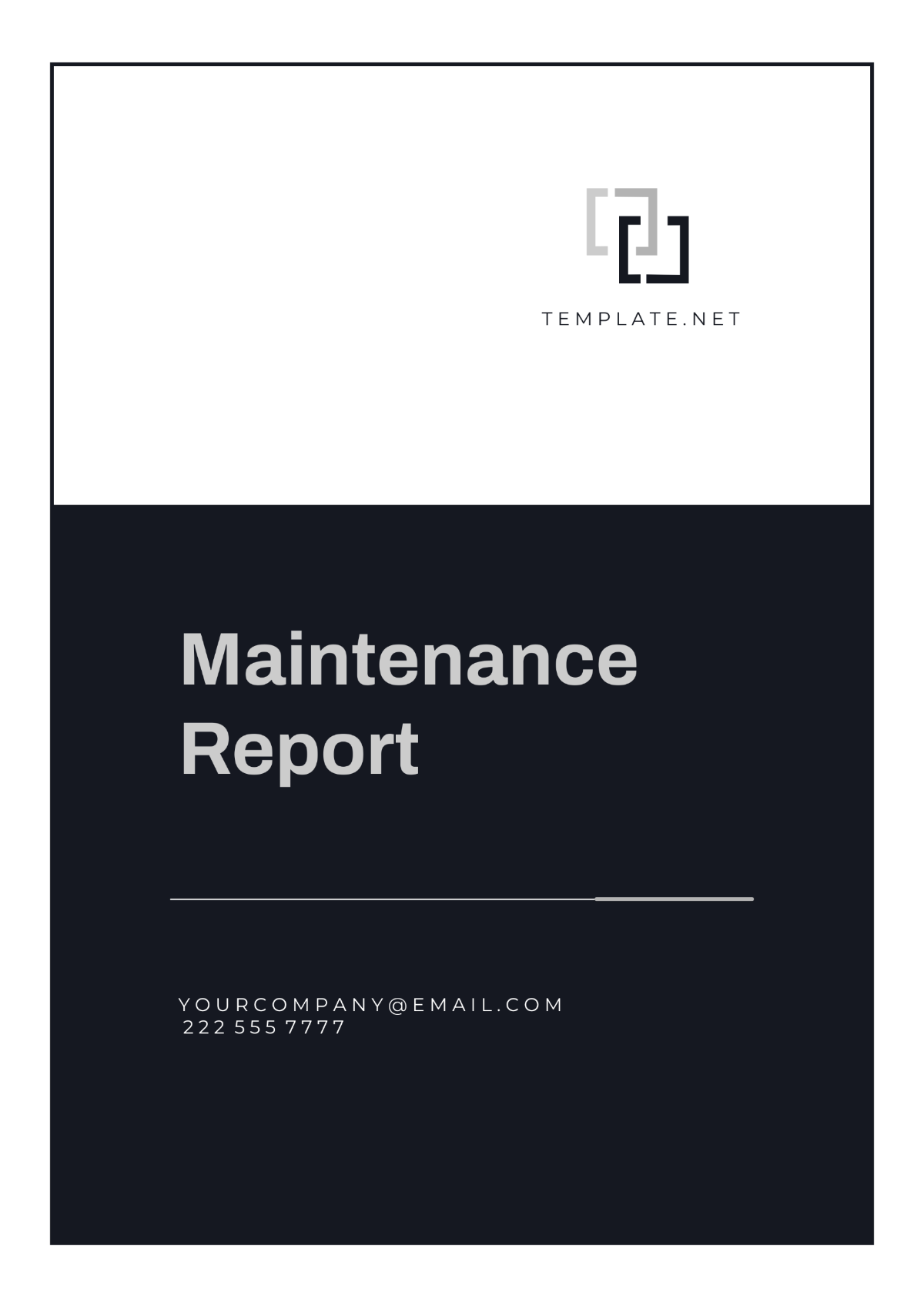Simple Project Management Report
I. Executive Summary
The primary objective of this report is to furnish a detailed and expansive overview of the current status, ongoing progress, and fundamental metrics related to the project. Additionally, the report will illuminate noteworthy achievements, identify potential risks, and delineate areas that necessitate particular focus as we advance toward the completion of the project.
II. Project Overview
Project Name: | AI Integration and Development |
Project Manager: | [Your Name] |
Project Start Date: | January 10, 2050 |
Estimated Completion Date: | December 20, 2050 |
III. Progress Summary
As of the date, September 25, 2050, I can confirm that the project is progressing according to the planned schedule. We have successfully reached 70% of the predefined milestones. This includes the integral achievement of successfully integrating and testing the artificial intelligence algorithm with our existing software systems. These accomplishments are instrumental in maintaining our trajectory toward achieving all our set objectives.
IV. Key Metrics
A. Budget Utilized
The statement offers a clarification that, from the overall budget that has been allocated to the project totals $2,000,000, an amount of $1,200,000 has already been spent.
Development Costs: $800,000
Testing Costs: $300,000
Miscellaneous Expenses: $100,000
B. Tasks Completed
Figure 35 out of 50 represents the number of project tasks that have been completed as compared to the total number of tasks that were planned, thereby providing insight into the progress of the project.
C. Hours Spent
1,000 out of 1,500 estimated hours - Shows the amount of time expended on project activities compared to the total estimated hours, helping to gauge resource utilization
V. Risks and Issues
A. Technical Risk
This refers to the potential for facing difficulties or complexities when merging the newly developed artificial intelligence system with the pre-existing legacy systems. Such challenges could hinder the smooth functioning of the system that results from this integration.
B. Resource Risk
Highlights the concern regarding the availability of essential team members or personnel critical to the project's progress and success during the holiday season in December 2050, potentially impacting project timelines and deliverables.
VI. Recommendations
To address and manage the risks that have been identified, it is advisable to carry out further integration testing and formulate a backup strategy specifically for ensuring the availability of resources throughout the holiday period. It is also essential to keep up with frequent updates and to hold regular team meetings, as these will be instrumental in monitoring ongoing progress and in tackling any new problems that might arise.
VII. Next Steps
A. Finalizing the AI Algorithm
This process entails the execution of final modifications and enhancements to the artificial intelligence algorithm, aimed at confirming that it functions at the highest possible standard of performance and efficiency.
B. Extensive User Acceptance Testing
This procedure entails conducting thorough tests with end-users to meticulously evaluate the artificial intelligence system's usability, functionality, and performance. Feedback gathered from users during this stage is crucial for making necessary adjustments to the system before its formal launch.
C. Phased Deployment
This signifies the start of the staggered implementation of the artificial intelligence system, intended to guarantee a managed and orderly deployment. This method seeks to reduce possible hazards and improve the efficiency of the execution process.
VIII. Conclusion
The "AI Integration and Development" project has successfully implemented AI algorithms and conducted initial user testing, completing 70% of its tasks. We recognize potential risks due to technical integration and limited resources over the holidays. By focusing on further testing and transparent communication, we are well-prepared to overcome these challenges. Our next steps include finalizing the AI algorithm, executing user acceptance testing, and ensuring seamless deployment. Thank you for your continued support and collaboration.
For further details or inquiries, please contact [Your Name] at [Your Email] or visit our website at [Your Company Website].



